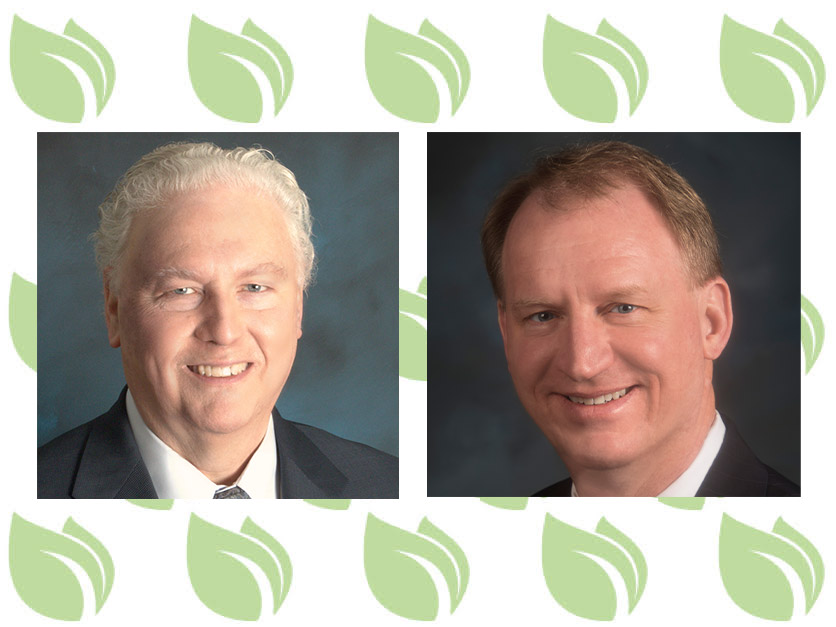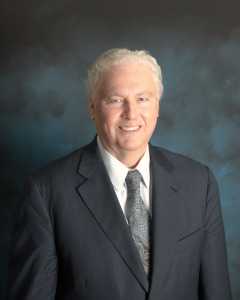Rural America is at the epicenter of multiple challenges facing our country including higher COVID rates, higher poverty rates, and significant infrastructure needs, from roads and bridges to rural broadband. Farmers, ranchers, foresters, and other growers are the lifeblood of our rural communities, but these individuals were left out of the economic growth that occurred pre-COVID and have been hit particularly hard by the pandemic. Strengthening investments in U.S. Department of Agriculture (USDA) programs can help rebuild our rural communities, provide solutions to climate change, enhance our agricultural food systems, and address critical national security, environmental justice, and nutritional needs.
America’s food and agriculture sectors have significant direct and indirect economic impact. A 2021 study shows that these sectors account for roughly one-fifth of the country’s economic activity, directly supporting nearly 20 million jobs. That’s more than 13% of U.S. employment. Total jobs indirectly supported by food and agriculture reach almost 41 million jobs. The total output of these sectors is $7 trillion. Research is the lynchpin that makes our food and agriculture sectors a powerhouse of the U.S. economy. A recent study found that U.S. public agriculture research and development (R&D) spending from 1910 to 2007 returned, on average, $17 in benefits for every $1 invested. Significantly increasing funding of all USDA’s programs, including research and development (R&D) programs, will create a return on investment for our rural communities and give our farmers, ranchers, foresters, and producers the tools needed to manage current and future challenges. Expanded investments in research and conservation practices can help farmers be a part of the solution for mitigating and adapting to climate change.
Our founder, Dr. William Danforth, said: “Food is too important to the human race to be a research afterthought.” We are continuing Dr. Danforth’s legacy by collaborating with others to seek a larger investment in rural America. Recently, SoAR led an effort with 93 other food and agriculture related organizations to send a letter strongly urging the Congressional funding committees, led by Senators Patrick Leahy (D-VT), Richard Shelby (R-AR), Bernie Sanders (I-VT), Lindsay Graham (R-SC), Representatives Rosa DeLauro (D-CT), Kay Granger (R-TX), John Yarmuth (D-KY), and Jason Smith (R-MO), to increase funding for all USDA programs. President Biden agrees, and proposed a 16% increase, or $3.9 billion, from the fiscal year 2021 enacted level for USDA programs in his Fiscal Year 2022 Budget Request. This amounts to a total proposed request of $27.9 billion.
Agriculture has fallen behind when compared to other appropriations subcommittees. Investment in USDA programs has increased a mere 13.6 percent increase over the past six fiscal years (fiscal years 2015 to 2021) while other subcommittees have seen increases of 44.7 percent and 41.9 percent over the same time frame. Total discretionary funding for the entire Federal government increased 27 percent from fiscal years 2015 to 2021, so despite myriad challenges facing rural America, investments in our rural communities and agricultural programs have not kept up. Considering how crucial rural America, agriculture, and food security is to our national security, USDA’s programs need a greater investment than what we’ve seen over the past six years.
We know this is an investment that pays off: in more jobs, a cleaner environment, and improved food quality. By working together to expand the federal government’s investment in agriculture and research, we can make a difference for rural America, for consumers, and our nation.
For more ag news, go to www.Agri-Pulse.com.
Tom Grumbly, President, SoAR - Mr. Grumbly has held senior leadership positions across government, non-profits, and industry over the course of his 40-year career. He has held senior policy roles in the Office of Management and Budget, the U.S. Department of Agriculture, and the Food and Drug Administration, as well as serving on Capitol Hill.
Chris Novak, President and CEO, CropLife America - Mr. Novak serves on the SoAR Board, and has held leadership positions for key Indiana commodity organizations. Earlier in his career, he worked at Syngenta, American Soybean Association, and on Capitol Hill.
1 https://feedingtheeconomy.com/
2 Baldos, Uris Lantz, Frederi G. Viens, Thomas W. Hertel, and Keith O. Fuglie. R&D Spending, Knowledge Capital, and Agricultural Productivity Growth: A Bayesian Approach. American Journal of Agricultural Economics. July 2018. 101(1): 291–310; https://doi.org/10.1093/ajae/aay039.
3 https://www.whitehouse.gov/wp-content/uploads/2021/05/budget_fy22.pdf


